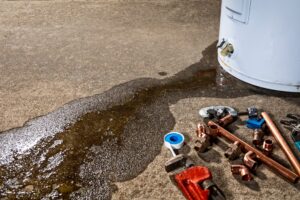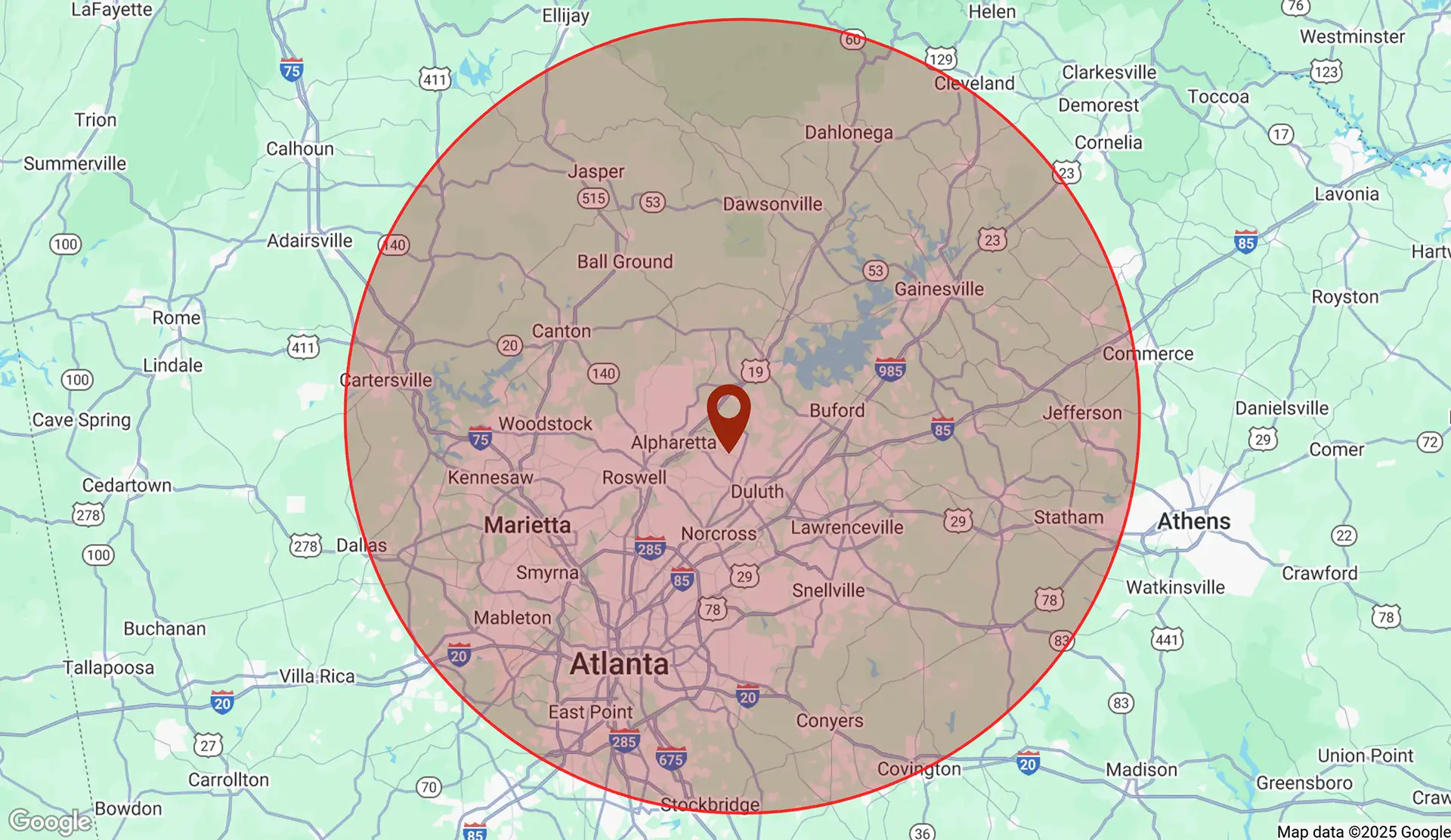What should you do if your business suffers water damage?
Water damage can have a devastating effect on a business. Not only does is it an unforeseen circumstance that can force businesses to close immediately until it’s resolved, but the financial burden of repairing water damage and preventing future incidents can be overwhelming if the proper infrastructure isn’t in place.
Water damage doesn’t have to spell doom for a business, though. There are practical steps business owners can take in an emergency to safely and effectively ensure that they can operate in due course. While care must be taken in the assessment and repair stages, being prepared with the correct guideline to follow can save time, money and stress.
So what can business owners do when they’re suddenly faced with flooding or water damage? Here are five tips to help businesses suffering from water damage in their recovery.

1. Contact your insurer
Business insurers are the ultimate lifeline when it comes to water and fire damage. The actual cost of recovery and restoration can quickly become overwhelmingly expensive if business owners need to pay out of pocket or through revenue generated by the business.
Paying outside insurance can have complications. Not only can it severely eat into pre-existing funds that would have otherwise been set aside for different purposes, but many brick-and-mortar businesses that suffer flooding cannot operate again until the issue is resolved. In short, they can’t make money until they pay the cost of restoring the building.
This is where insurers come in. Applying for business insurance before operations ever begin is one of the most responsible things a business can do. Many businesses that take out loans to open will often be required to secure insurance before they can operate for this very reason.
Business insurance ensures that business owners have quick access to relief funds to help pay for restoration. Not only that, but insurers are also likely to run their own forensic investment of the damage and the cause behind it when a claim is filed. This is of course to establish if the damage falls within the insurance clauses, but it can provide business owners with key insights into the cause and damages at no extra cost subject to the assessment.
The first thing owners should do when confronted with flooding and other water damage is to contact their insurers and file a claim as soon as possible.
2. Hire an electrician for evaluation and safety measures
Of course, one of the biggest hazards behind water damage is electrical damage. Flooding can disrupt many electronics essential to a business, and if severe enough, can even damage the internal wiring in the building. For businesses that rely on expensive equipment, electrical wiring and other water-sensitive assets, another important course of action is to contact a trusted electrician to evaluate the electrical damage.
The importance behind hiring a professional here may seem obvious, but it should be noted that owners should ask specific questions around the implications of the damage. An electrician with a keen insight into the inter-dependency of a building’s circuitry may be able to spot not just the current damage caused by flooding, but any future complications that will need to be assessed and accounted for.
Business owners will also need to ensure that they receive a written assessment and quotation from any electrical company they hire to assess the damage, as this information will need to be filed with the insurance claim if they wish to avoid paying for it out of pocket.
Some insurers will have a specific list of valid electrical companies they can approve payment for, so be sure to check if the one being hired falls under this compliance when contacting insurers.
Besides assessment, electricians will need to remove and replaced damaged wiring. They may or may not be able to fix in-store equipment, but this is subject to the equipment itself and whether or not it would need specialized skills or parts. As always, all of these expenses and assessments will need to be written down and documented for insurance and book-keeping purposes.
3. Dry and clean all damaged upholstery and carpets
One of the first casualties of flooding is upholstery and carpets, and the damage only gets worse the longer they are allowed to sit. Damp carpets will develop a smell very quickly after flooding, so it’s important that they are dried as soon as possible.
More expensive upholstery and carpets like dining couches and expensive rugs will likely need to be professionally cleaned in order to be saved. While this can seem like an expensive endeavor, it almost always works out cheaper than replacing them outright.
4. Contact the building manager for a structural assessment
Upon discovering the flooding, the building manager will also need to be contacted to perform an inspection on the actual structure of the building. Like the electrician, the importance in getting a professional here is in understanding the short and long term effects of flooding.
A structural assessment will go into deeper problems like structural integrity and soundness while also assessing if the building is still compliant with all the building codes required for it to be used.
Building managers will also help business owners liaise with building owners. In such emergencies, clear communication and assistance can make the difference between flooding that is dealt with in an efficient manner and a series of complications that keep the doors closed for longer than they need to be.













